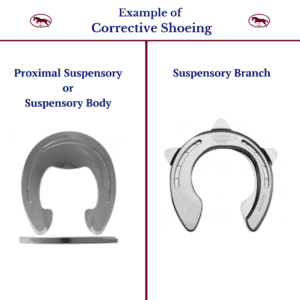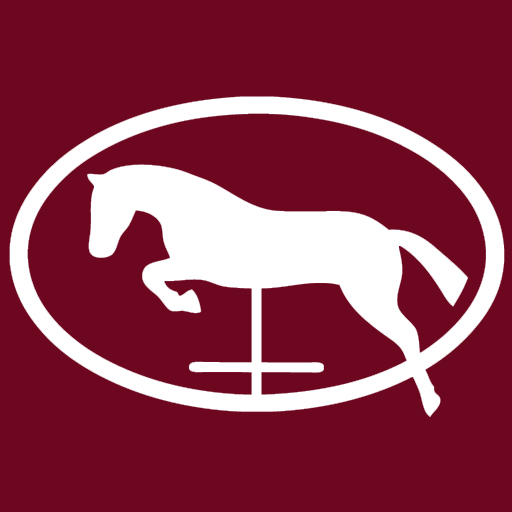#AskTheVet with Dr. Courtney Wittich
Question: What is the best way to bring my horse back from a suspensory ligament tear? What is your recommendation to prevent future suspensory ligament tears?
Answer: There are different degrees of severity when talking about suspensory ligament tears as well as different locations of the lesion. Therefore specific recommendations would be dependent on your individual horse’s severity and location of injury. Overall suspensory ligament injuries require ice, rest, and rehabilitation. When coming back from an injury it is generally recommended to have resolution of the injury on ultrasound along with baseline soundness and negative flexions. Once those have been achieved slowly adding back work starting with tack walking and gradually increasing time and speed, generally adding 5 min each direction weekly until up to they are back to basic flat work. During that time avoiding deep footing and sharp turns is recommended. Once back to normal flat work with baseline soundness and negative flexions along with continued resolution on ultrasound the horse can go back to their usual athletic work load. This process can take anywhere from 3 – 6 months from initial injury.
Preventing reinjury is a primary concern and often is dependent on many different factors. Overall shoeing changes to adjust the biomechanics of how the horse loads their leg along with follow up ultrasound scans and soundness evaluations are a good place to start. For most proximal suspensory and suspensory body injuries it is recommended to have short narrow heels to the shoe with a slightly wider toe, and with branch injuries a narrow branch on the non injured side and a wider branch under the injury. These adjustments to the shoes change how the load is applied to the leg and therefore the soft tissues, with the goal to take stress and strain off of the suspensory ligament. While you can never assure that a reinjury won’t occur paying close attention to changes in how the legs palpate or feel, how the horse feels, and subtle lamenesses may allow you to catch a problem before it becomes an overt injury again.
Recent Posts
About Us
At B.W. Furlong & Associates, we are progressive leaders delivering the ultimate in veterinary care to our equine patients and clients in both the hospital and ambulatory setting. We have several associated practices offering exemplary care and services in New Jersey, Florida, and Virginia
